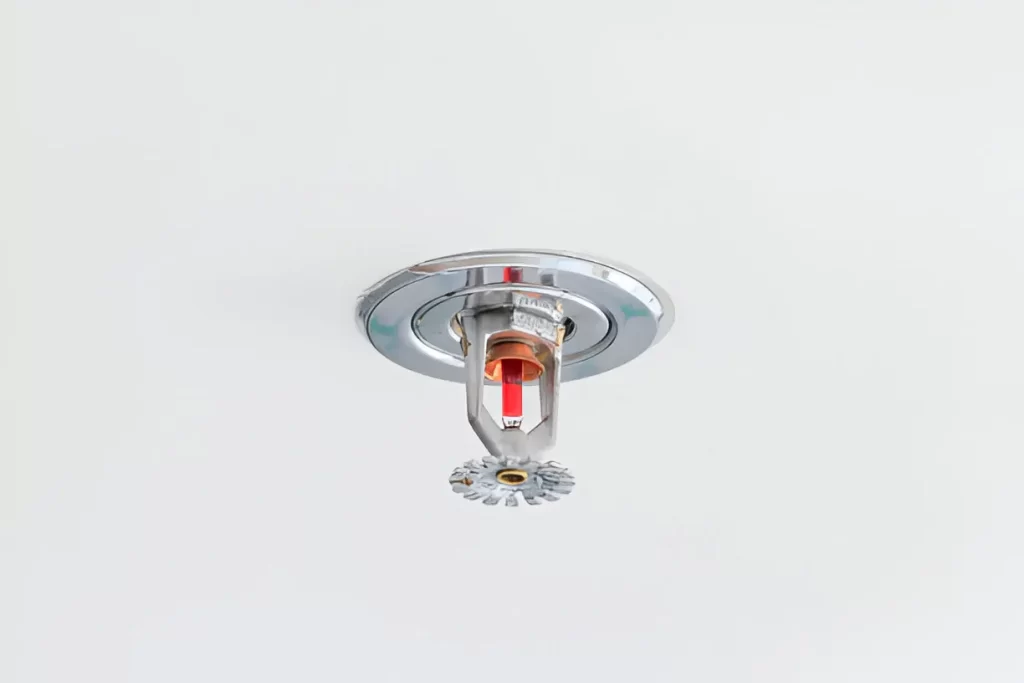Fire Suppression Systems
Fire suppression systems are critical safety systems designed to detect, control, and extinguish fires in their early stages to minimize damage and protect lives. These systems are typically used in buildings, industrial facilities, and other high-risk environments. They work by applying a combination of water, chemicals, gas, or foam to suppress or extinguish fires.

Types of Fire Suppression Systems:
Water-Based Systems
Sprinkler Systems
These are the most common fire suppression systems, consisting of a network of pipes with sprinkler heads that activate when a fire is detected, releasing water to control or extinguish the flames.
Deluge Systems
Similar to sprinkler systems but with open nozzles, allowing water to flood the area when the system is triggered.
Gas-Based Systems
Inert Gas Systems (e.g., IG-55, IG-541)
These systems use gases like nitrogen or argon to displace oxygen in the environment, suffocating the fire while minimizing damage to sensitive equipment.
CO2 Systems
Carbon dioxide is used to reduce oxygen levels and put out the fire, typically in enclosed spaces such as server rooms or engine compartments.
Chemical-Based Systems
Clean Agent Systems (e.g., FM-200, NOVEC 1230)
These systems deploy chemical agents that interrupt the chemical reactions that fuel a fire, and they are often used in areas with sensitive electronics where water would cause damage.
Wet Chemical Systems
Primarily used in commercial kitchens, these systems use a mixture of chemicals to suppress grease fires by cooling and coating the flames.
Foam-Based Systems
These systems are often used in areas with flammable liquids, like aircraft hangars or fuel storage facilities. Foam smothers the fire by creating a barrier between the fuel and oxygen.
Components of Fire Suppression Systems:
Detection Devices:
These include smoke, heat, or flame detectors that trigger the system when they sense a fire.
Control Panels:
The central hub that monitors the system and activates the suppression mechanisms when needed.
Discharge Mechanisms:
Sprinklers, nozzles, or other methods that release the suppressive agents, whether water, gas, foam, or chemicals.
Piping and Storage Units:
Networked pipes or containers that store and transport the suppression agents to the activation points.
Considerations for Fire Suppression Systems:
Risk Assessment:
Determining the type of fire risks (electrical, chemical, etc.) and selecting the appropriate system.
Maintenance and Inspection:
Regular servicing ensures the system is operational and compliant with safety standards.
Compatibility with Occupants and Equipment:
In environments with people or sensitive equipment, systems like clean agents or gas-based systems are often preferred due to their minimal impact on human health or property.
